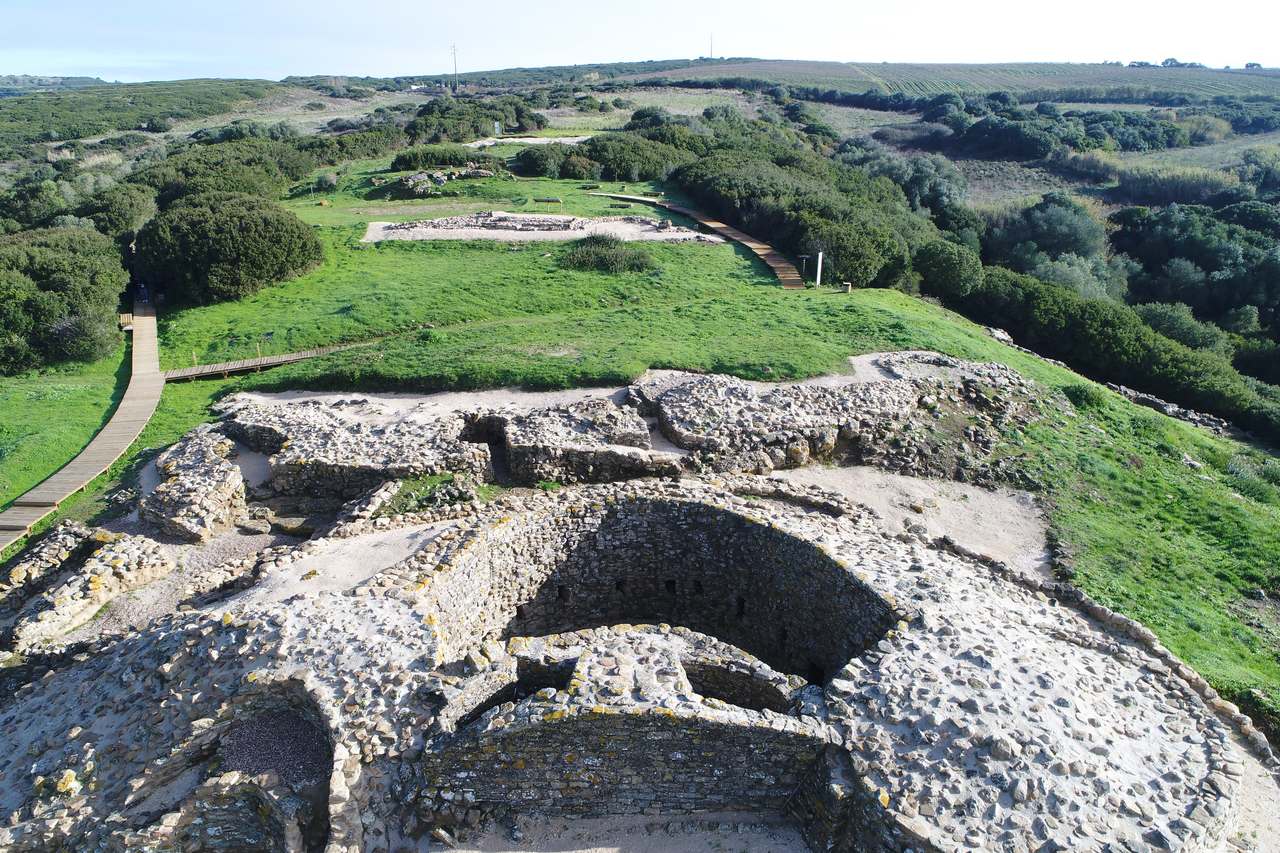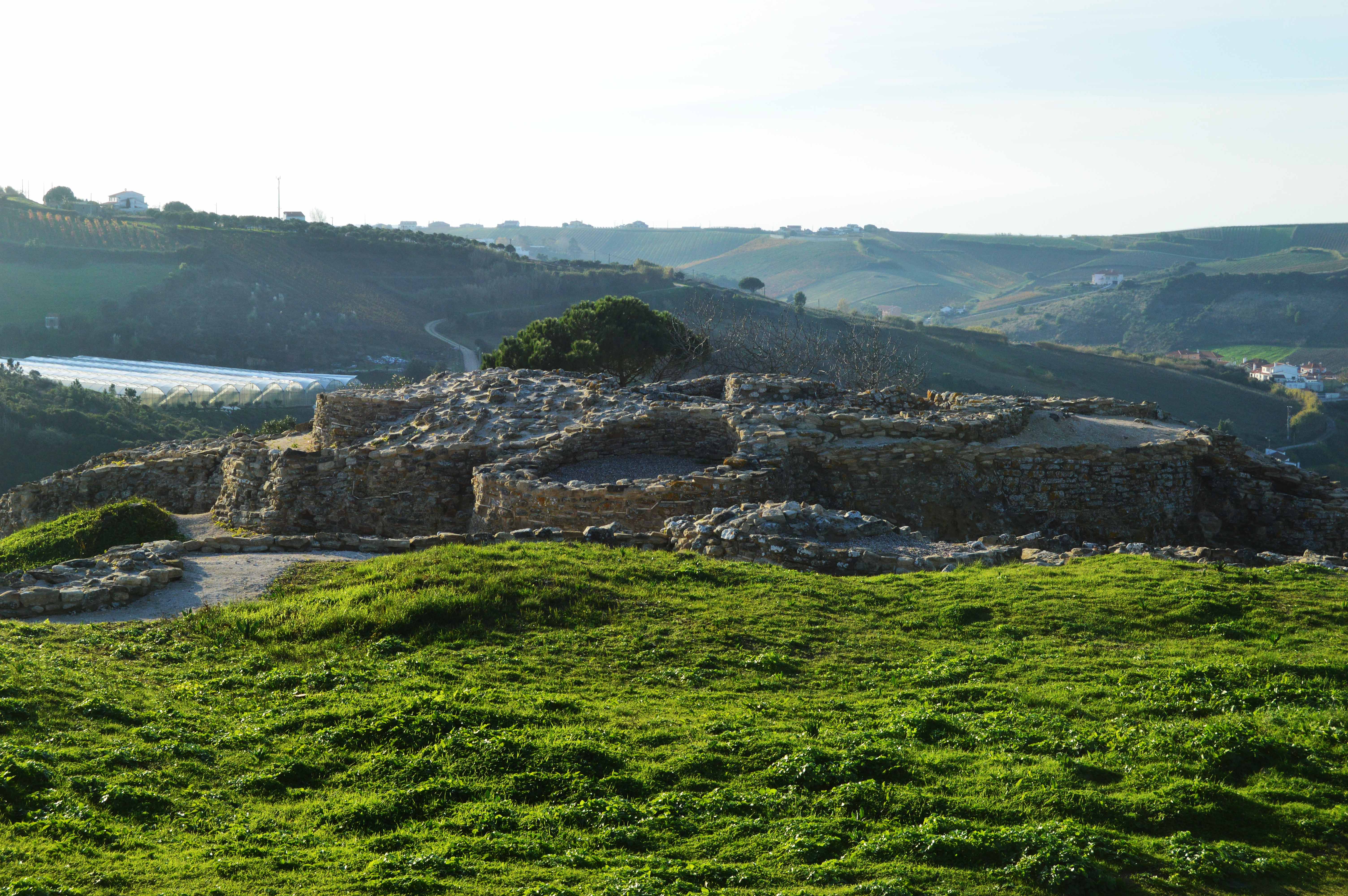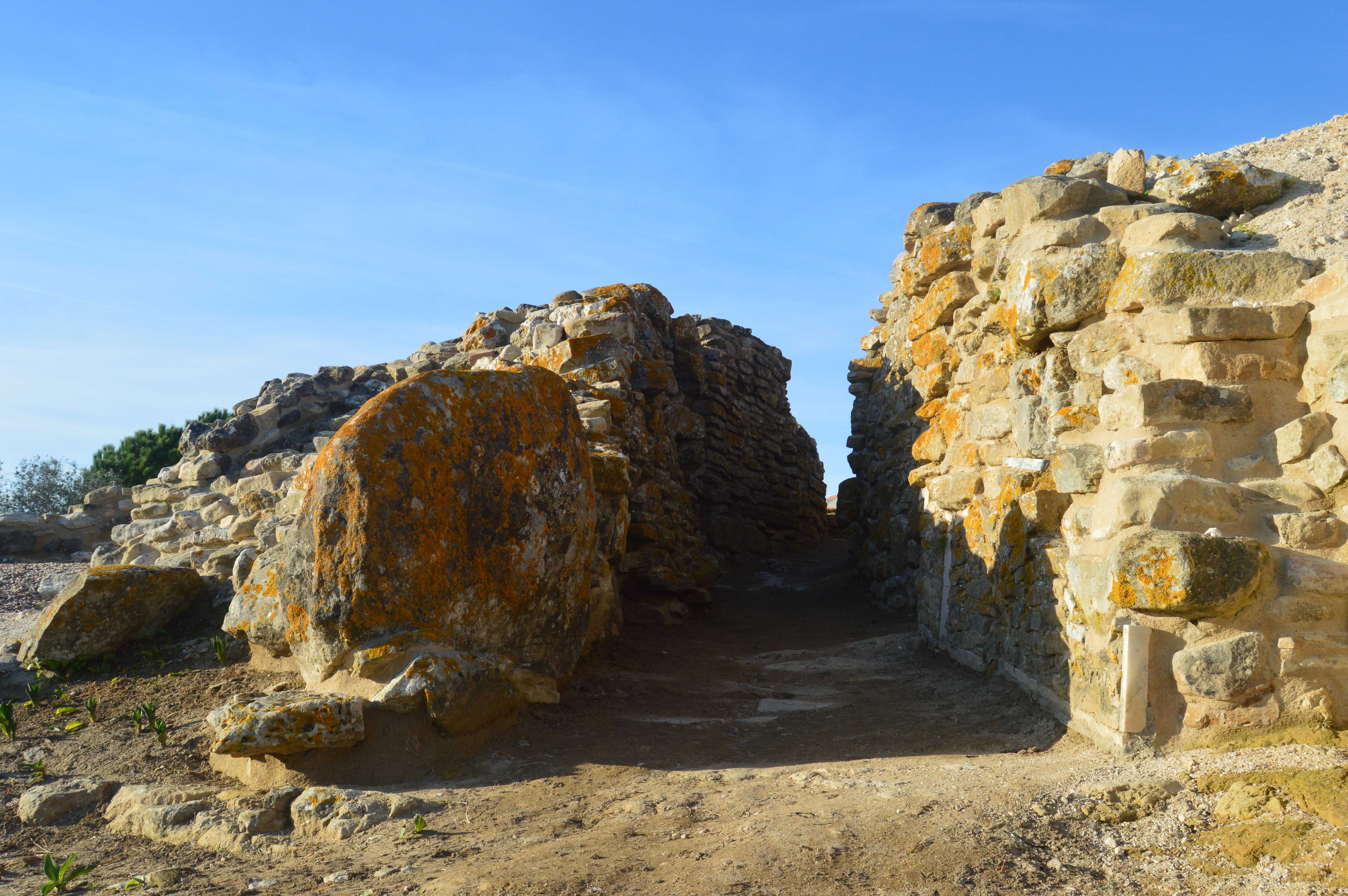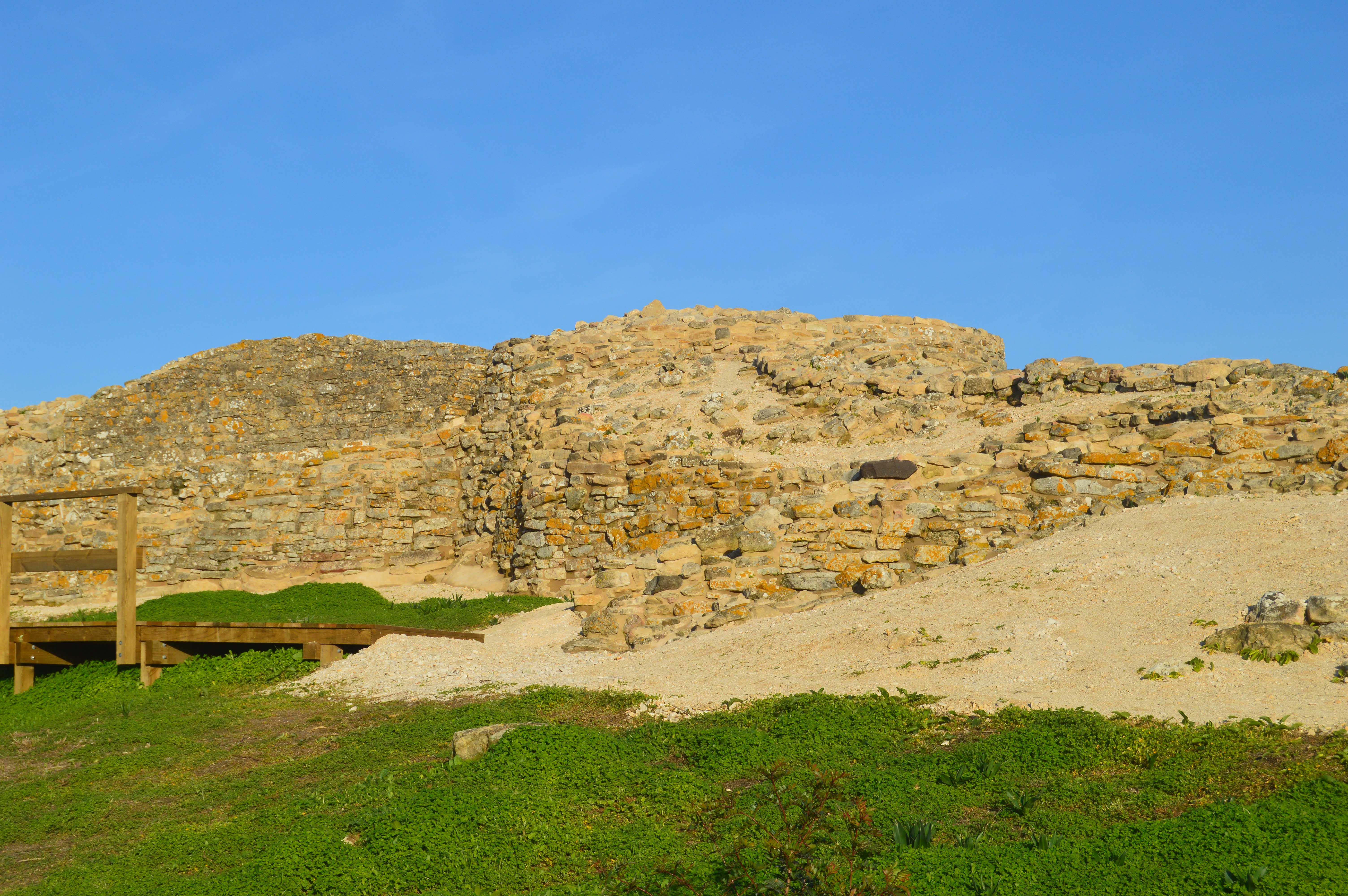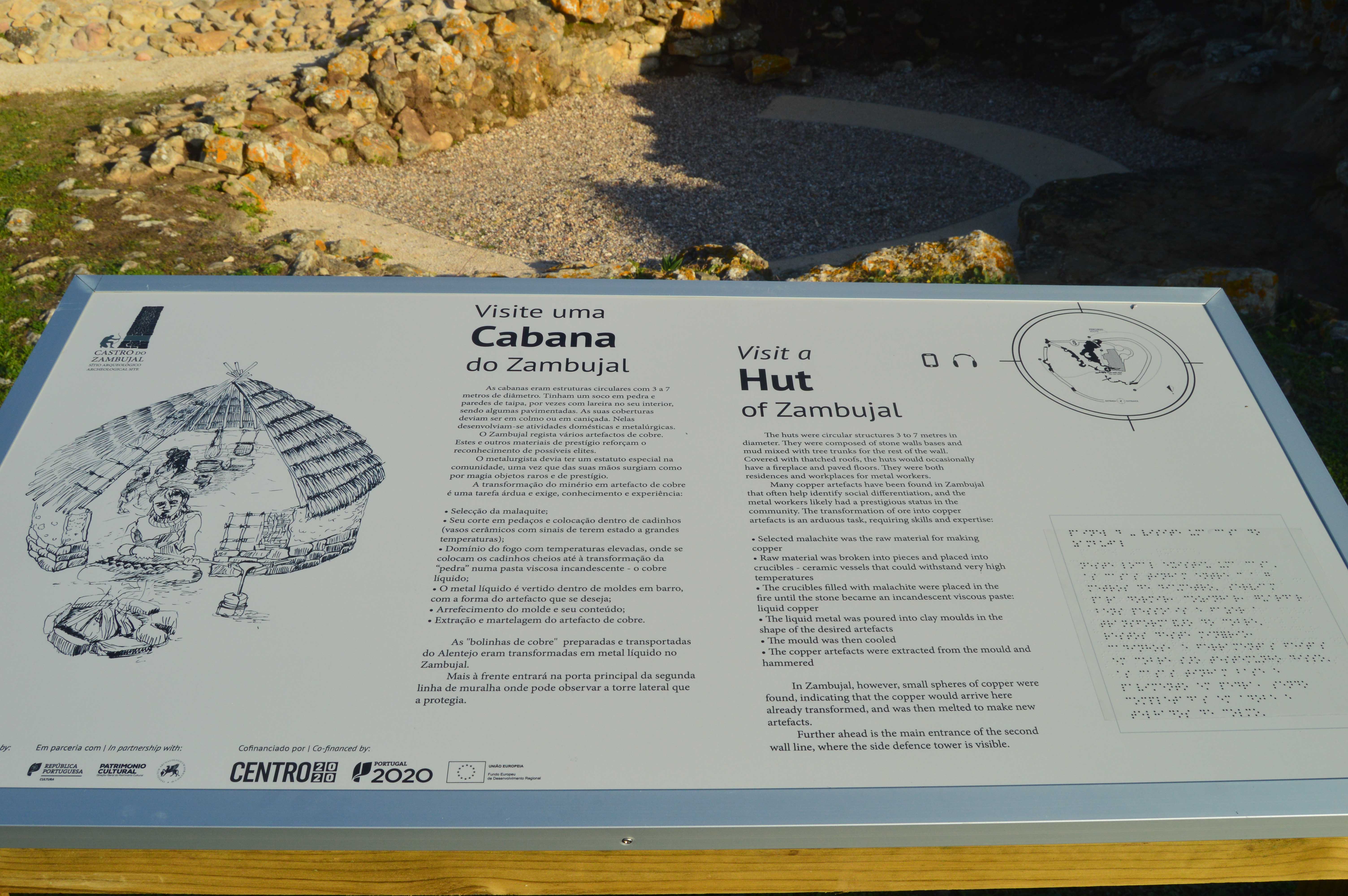O Castro do Zambujal é um povoado fortificado da Idade do Cobre, localizado a cerca de três quilómetros para sudoeste da cidade de Torres Vedras. Foi descoberto em 1932 por Leonel Trindade, tendo sido objecto de escavações arqueológicas sistemáticas, desde 1964, por parte do Instituto Arqueológico Alemão.

O Castro do Zambujal é um dos maiores e mais bem conservados povoados calcolíticos da Península Ibérica e um dos sítios mais emblemáticos para o estudo das primeiras sociedades agro-metalúrgicas peninsulares.
A sua edificação, no início do IIIº milénio a. C., insere-se no processo de emergência de povoados fortificados de altura, nas penínsulas de Lisboa e Setúbal, resultante de profundas transformações sócio-económicas. A complexidade das suas estruturas construtivas indicia que tenha sido o mais importante centro de fundição e comércio de minério da Estremadura portuguesa. Esta condição foi potenciada pelo amplo estuário do rio Sizandro que, à época, formava um porto natural na confluência com a Ribeira de Pedrulhos, permitindo um acesso direto à navegação marítima.
A investigação arqueológica permitiu identificar quatro fases evolutivas das estruturas defensivas do povoado, ao longo da sua existência de mais de um milénio. Assim, inicialmente, o sítio seria protegido por um recinto fortificado central, com cerca de 50 m de diâmetro, formado por muros relativamente estreitos, reforçados por torres maciças, circulares e semicirculares. Numa segunda fase, este núcleo foi reforçado com três novas e imponentes linhas de muralhas e uma barbacã dotada de seteiras, da qual se fazia a defesa da segunda linha. Um terceiro momento é caracterizado pela inoperacionalização da barbacã e dos correspondentes acessos na segunda linha de muralhas, com uma tendência para a autonomização da defesa de cada uma das muralhas. Na quarta e última fase de ocupação, assiste-se à edificação de torres ocas, que perduraram até ao abandono do povoado, por volta de 1700 a. C.
As características do povoado e o vasto espólio recolhido, parte do qual pode ser visto no Museu Municipal Leonel Trindade, permitem supor a existência de um certo grau de estratificação social, destinando-se o recinto central aos habitantes de estatuto superior e à salvaguarda dos valiosos produtos obtidos a partir das atividades metalúrgica e comercial. Enquanto a maioria da população se dedicava à atividade agro-pecuária, a acumulação de riqueza – patente nos elementos de adorno em materiais preciosos e na prestigiosa cerâmica campaniforme – estava reservada a uma minoria.
Em 1946, o Castro do Zambujal foi classificado como Monumento Nacional, em reconhecimento da sua dimensão, monumentalidade, complexidade arquitetónica, riqueza de espólio e relevância científica.
A visita ao Castro do Zambujal pode ser conduzida pelo Audioguia do Zambujal. Aceda aqui ao site da aplicação.
 Contacte-nos
Contacte-nos
